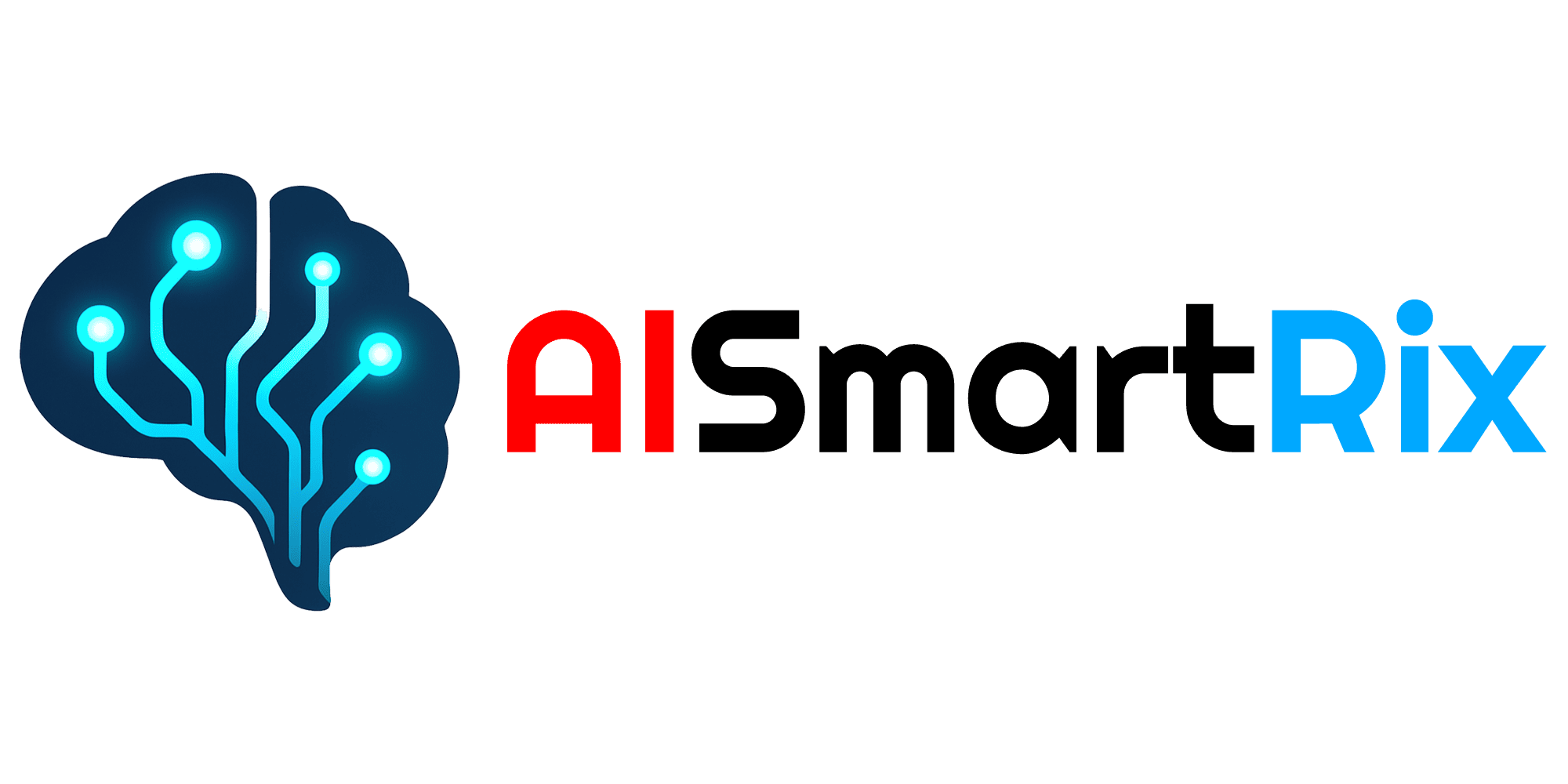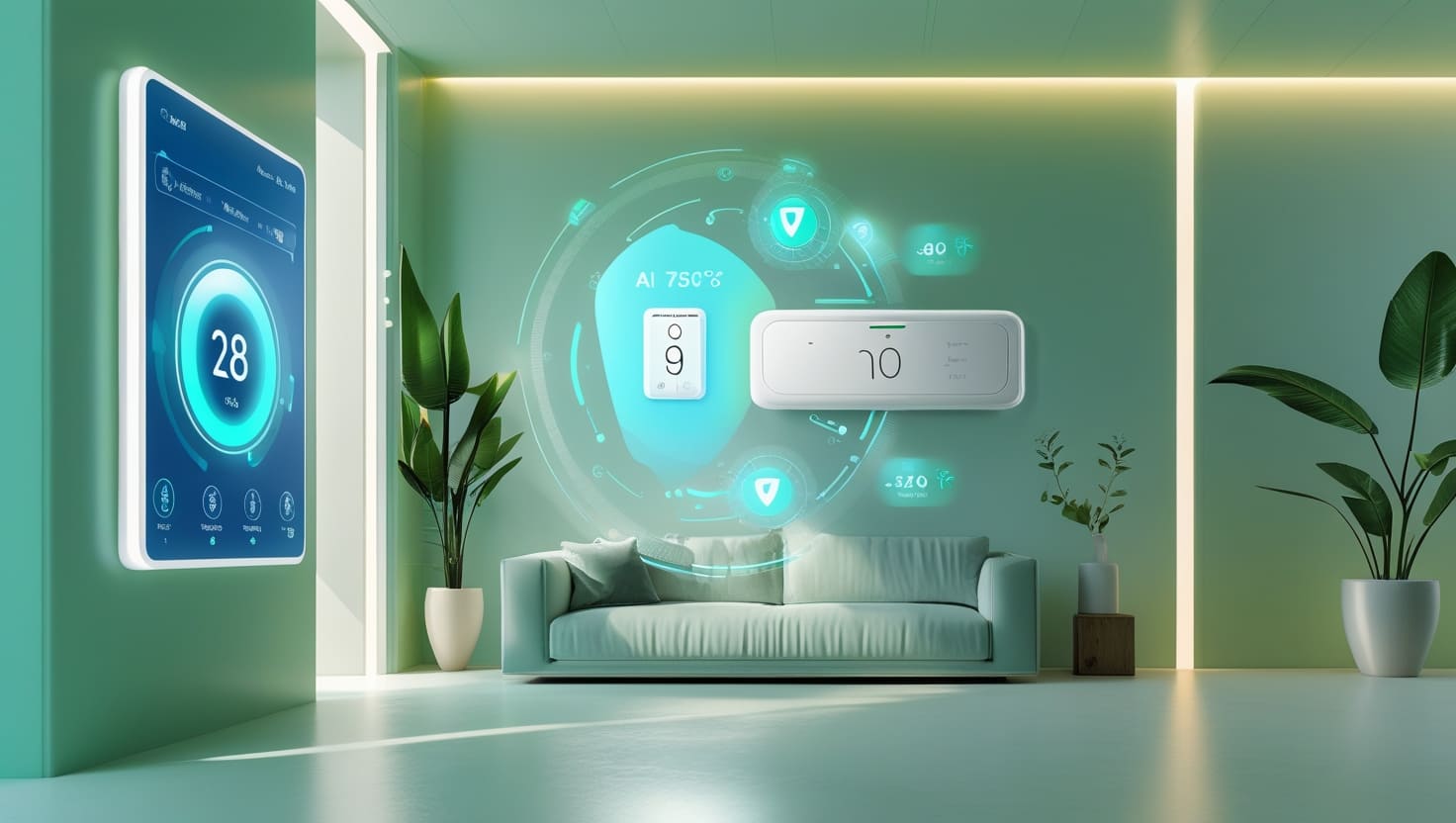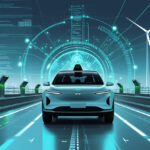As the world continues to seek ways to reduce energy consumption and minimize environmental impact, AI-powered smart home devices are playing a major role in transforming how we manage energy inside our homes. Among these innovations, smart lighting and smart thermostats stand out as two of the most effective tools for achieving significant energy savings, improving comfort, and cutting costs.
In this detailed guide, we will explore how artificial intelligence is revolutionizing home lighting and climate control, the key benefits of these smart systems, how they work, and why they are essential for any modern home in 2025.
The Growing Demand for Energy-Efficient Homes
The global push for sustainability has never been stronger. Rising energy prices, growing concerns about climate change, and increasing government regulations are motivating homeowners to adopt energy-efficient technologies. Smart lighting and thermostats, enhanced by AI, offer a perfect solution by:
- Reducing unnecessary energy waste.
- Automating temperature and lighting schedules.
- Adapting to occupants’ behavior and preferences.
- Lowering utility bills.
- Enhancing indoor comfort and convenience.
How AI Powers Smart Lighting Systems
Traditional lighting systems are often inefficient because they depend on manual control, leading to wasted electricity when lights are left on unnecessarily. AI-powered smart lighting changes this dynamic by adding advanced automation, predictive learning, and real-time optimization.
1. Motion & Occupancy Detection
AI-enabled sensors monitor movement throughout the home, automatically turning lights on or off based on occupancy. This eliminates wasted energy in unoccupied rooms.
2. Adaptive Brightness
Smart lighting systems can analyze natural daylight levels and adjust brightness accordingly, ensuring optimal illumination while minimizing electricity usage.
3. Behavioral Learning
Over time, AI learns household routines, such as when family members typically enter or leave rooms, and adjusts lighting schedules automatically.
4. Voice & App Control
Many systems integrate with voice assistants like Alexa, Google Assistant, and Siri, allowing users to control lighting with simple voice commands or mobile apps.
5. Scene Customization
AI-powered lighting can create personalized lighting scenes based on activities (e.g., reading, relaxing, dining), optimizing comfort and ambiance while reducing energy usage.
6. Remote Management
Homeowners can monitor and control their lighting remotely, reducing waste when no one is home.
How AI Optimizes Smart Thermostats
Heating and cooling represent a significant portion of household energy consumption. AI-powered smart thermostats use machine learning and predictive analytics to deliver precise climate control while reducing energy costs.
1. Intelligent Scheduling
AI learns your daily routines, preferred temperatures, and local weather patterns to automatically adjust heating and cooling schedules.
2. Geofencing Technology
Smart thermostats can detect when you leave or return home via your smartphone’s location, adjusting the temperature accordingly to save energy when you’re away.
3. Weather Adaptation
By integrating local weather forecasts, AI-powered thermostats optimize indoor temperatures, reducing HVAC system strain and improving efficiency.
4. Energy Usage Insights
Many smart thermostats offer detailed reports and energy-saving suggestions based on historical usage data, helping homeowners identify ways to save more.
5. Predictive Maintenance
AI can monitor HVAC system performance and notify users of potential maintenance needs before they become costly repairs.
6. Integration with Smart Home Ecosystems
Smart thermostats often integrate seamlessly with other smart devices, creating a unified, energy-efficient home automation system.
Benefits of AI-Powered Smart Lighting & Thermostats
1. Significant Energy Savings
AI continually monitors and optimizes energy usage, reducing waste and cutting monthly utility bills by up to 30% or more.
2. Enhanced Comfort
Smart systems adjust lighting and temperature automatically based on preferences, activities, and environmental conditions, ensuring maximum comfort.
3. Environmental Sustainability
By consuming less energy, these systems reduce carbon emissions and support global efforts to combat climate change.
4. Convenience & Automation
AI takes the guesswork out of managing your home’s lighting and climate, freeing homeowners from constant manual adjustments.
5. Cost-Effective Investment
While upfront costs may exist, long-term savings on energy bills often result in these systems paying for themselves over time.
6. Increased Property Value
Energy-efficient smart homes are increasingly attractive to buyers, potentially raising property values.
Real-World Applications of AI in Smart Lighting & Thermostats
Residential Homes
- Apartments, condos, and single-family homes adopting AI-powered devices for convenience and cost savings.
- Families benefiting from automated lighting and climate control that adapts to dynamic schedules.
Commercial Buildings
- Offices using smart thermostats to regulate temperatures in different zones.
- Hotels leveraging AI to manage room lighting and HVAC systems based on occupancy.
Educational Institutions
- Universities optimizing lighting and HVAC in classrooms, libraries, and dormitories to reduce operational costs.
Healthcare Facilities
- Hospitals utilizing AI-driven climate control to maintain safe, comfortable environments while minimizing energy waste.
The Role of AI in Energy Optimization
AI’s ability to analyze complex data in real-time allows it to:
- Detect inefficiencies quickly.
- Forecast energy demand accurately.
- Suggest optimal usage schedules.
- Balance comfort with conservation.
- Learn continuously from user behavior for ongoing optimization.
The Future of AI-Powered Smart Home Energy Management
The evolution of AI in smart lighting and thermostats is just beginning. Future innovations may include:
1. Full Home Energy Orchestration
AI will coordinate lighting, climate control, appliances, and renewable energy sources like solar panels to create fully autonomous energy-efficient homes.
2. Predictive Behavioral Modeling
AI will use advanced behavioral analytics to forecast not just schedules but also emotional and physical comfort preferences.
3. Integration with Smart Grids
Homes will communicate with local power grids to optimize energy consumption based on real-time supply and demand, lowering costs and reducing strain on infrastructure.
4. AI-Enhanced Voice Interaction
Conversational AI will allow users to make more complex adjustments simply by speaking, with systems that understand nuanced preferences.
5. Environmental Sensors
Next-generation devices will incorporate air quality, humidity, and pollutant sensors to create healthier indoor environments while optimizing energy usage.
Challenges and Considerations
While AI-powered smart home devices offer immense benefits, several challenges remain:
- Privacy Concerns: AI systems collect data that must be protected to maintain user privacy.
- Compatibility Issues: Not all smart devices work seamlessly together.
- Upfront Costs: Some homeowners may hesitate due to initial installation expenses.
- Learning Curve: Users may need time to adjust to new technologies and fully utilize their features.
Fortunately, manufacturers are making significant strides in addressing these issues, creating more secure, affordable, and user-friendly systems.
Conclusion
AI-powered smart lighting and thermostats represent the future of energy-efficient living. By leveraging artificial intelligence, homeowners can enjoy greater comfort, significant cost savings, and a smaller environmental footprint — all while reducing the daily burden of managing complex home systems.
As technology advances, these tools will only become more sophisticated, intuitive, and indispensable, helping to build a smarter, greener, and more sustainable future for everyone.
How have AI-powered smart lighting or thermostats helped you save energy? Share your experiences and tips in the comments below!





